Stay seaworthy and protect precious equipment on board with Camfil’s heavy-duty louvre systems and air intake separators for marine applications. You’ll get high performance, a low TCO and improved operational profitability.
The combination of harsh operating environments, high-performing engines and tougher emissions standards requires high performance from your air intake system. Meet these challenges with our Seaworth range of filters and separators that remove solid and liquid contaminants, at any humidity level and in any weather conditions.
Sea salt, water droplets, humidity and dirt can wreak havoc on board ships and other vessels in a marine environment – and threaten the operation of gas turbines, engines and the filtration systems that protect this valuable equipment. Filtration systems need to filter corrosive contaminants like supersaturated salt crystals at sub-micron levels while facing strict weight and space restrictions.
The main damage caused by airborne salt is hot-end corrosion of turbine blades. This damage is often irreversible – leading to performance losses, early failures, downtime and expensive repairs.
Wherever you find large water volumes, salt or high face velocities, Camfil’s Seaworth range of storm louvre systems as well as two-stage and three-stage air intake separators will help eliminate the ingress of moisture, rain and sea spray into the intake air of machinery, engine rooms and HVAC systems.
These products are all Class A-rated according to EN 13030 and can eliminate 100% of moisture from intake air when operating at specified velocity. Operating effectively at up to twice the velocity of conventional louvres, Seaworth storm louvres remove the maximum possible water loading with minimal pressure drop.
Camfil’s marine filtration products provide protection on a variety of vessels, including naval and coast guard vessels, tugs and OSVs, cruise ships, ferries, yachts and trawlers. They are used to protect:
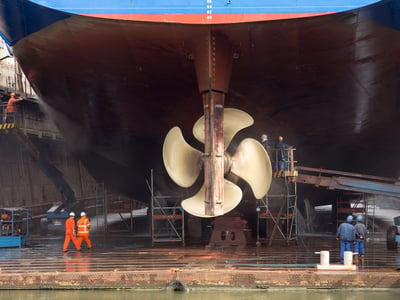
A small footprint and high salt and water concentrations can jeopardise the high availability of propulsion systems. Camfil's compact, low-weight EPA filter solutions with their long service life will increase your availability.
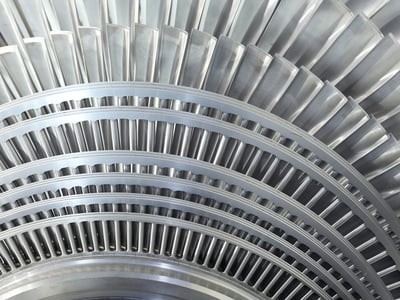
A small footprint and high salt and water concentrations can jeopardise the high availability of propulsion systems. Camfil's compact, low-weight EPA filter solutions with their long service life will increase your availability.
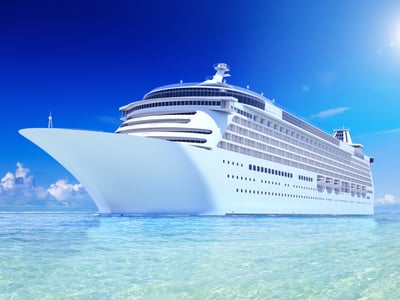
Superyachts, fitted with luxury furnishings and expensive equipment, require premium protection with a stylish finish. Marine separators eliminate ingress of moisture, rain and sea spray into intake air and are customisable to suit vessel design.
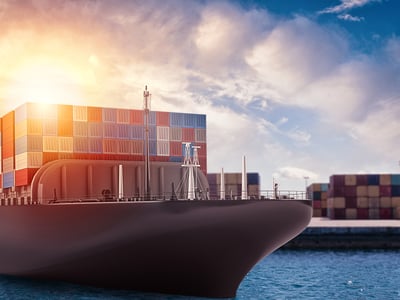
Equipment failures are costly and pose a risk to crew safety. Marine separators protect vessel engine rooms, HVAC systems and machinery from damaging corrosion by eliminating the ingress of moisture, rain and sea spray into intake air.
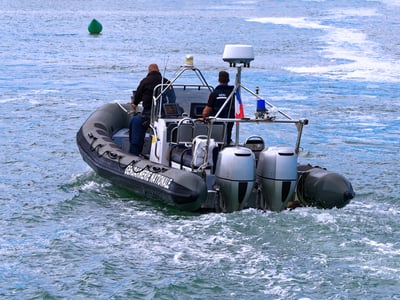
Coast guards may need to intervene in harsh environments, where the accidental release of chemicals in water and in air can result in imminent danger to the crew. Shelters ensure safe operation in all conditions.

Not all people who purchase our products are experts in air filtration and they shouldn’t have to be either. The purpose of Camfil City is to give everyone a chance to learn the basics of what our clean air solutions can do for them.
Air cleaners and air purifiers Food and beverage Life science and healthcare Sustainability Education and experience Innovation technology and research Virus Contamination Control Electronics and optics Air quality Commercial and public buildings Standard and regulations Manufacturing and machinery Case studies Energy and Power Systems Take a Breath